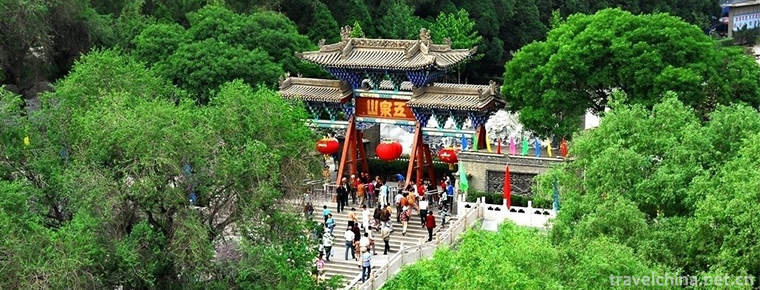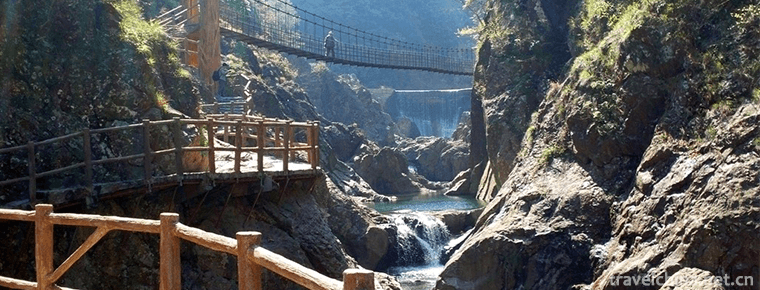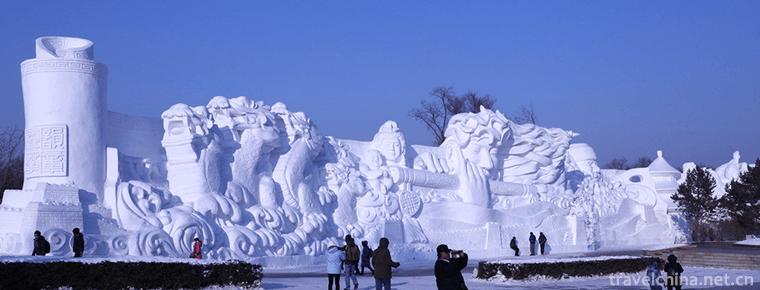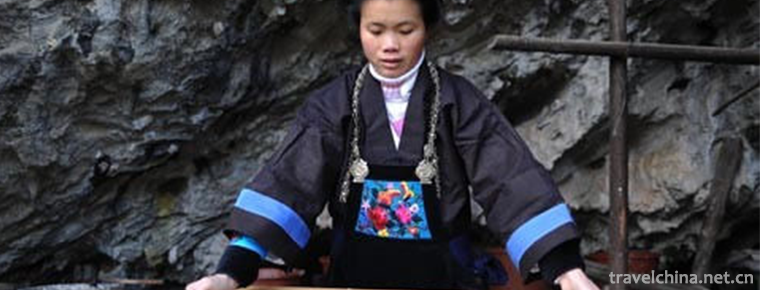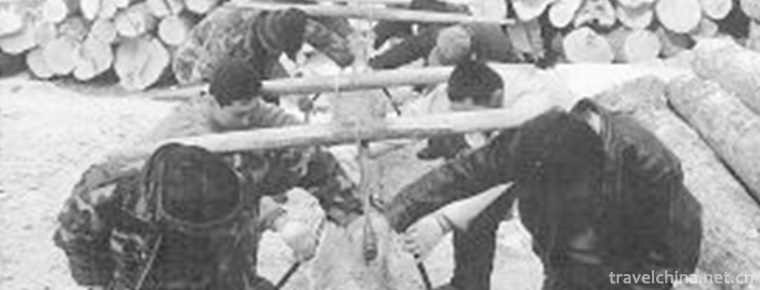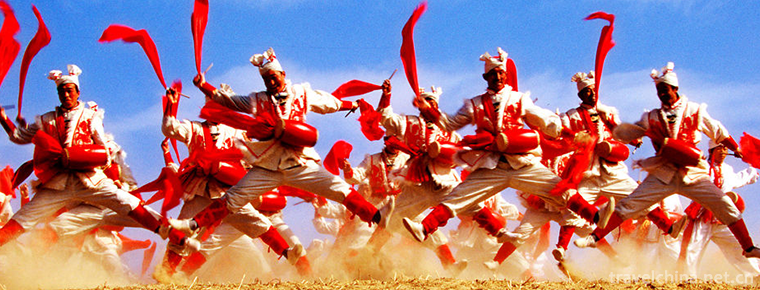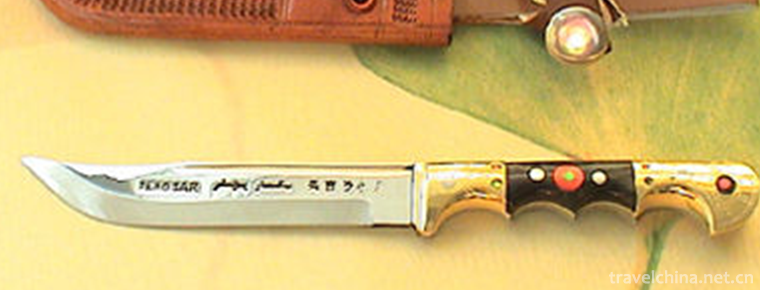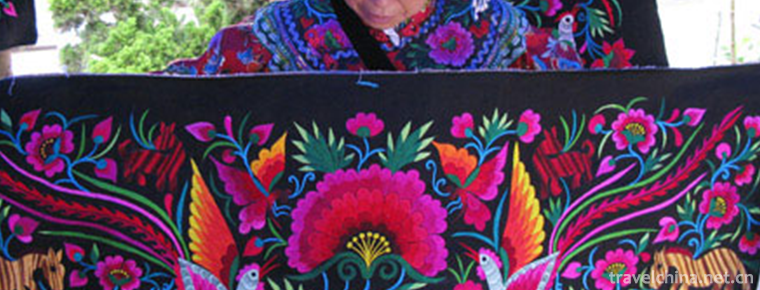Mongolian camel ball
Mongolian camel ball
The intangible cultural heritage is the manifestation and cultural space of various traditional cultures which are inherited from generation to generation and closely related to people's life. The intangible cultural heritage is not only the witness of historical development, but also the precious and valuable cultural resources. In 2014, the State Council approved the fourth batch of 153 representative projects of national intangible cultural heritage determined by the Ministry of Culture, and the Mongolian camel ball project of Urat Houqi was included in the fourth batch of representative projects of national intangible cultural heritage.
It is reported that Mongolian camel ball evolved from Polo competition. At first, it was only a non-governmental organization's competitive game, without strict competition rules. As long as the venue was slightly smoother, it could be carried out easily. Therefore, it quickly became popular on the grassland. After continuous development and improvement, it formed unique competition rules. Since then, an international camel ball game has been held every year, which is very popular among farmers and herdsmen.
In some areas of Inner Mongolia, camel games are held every festival (including Nadam Convention and Spring Festival). The growing prosperity of camel Games has also led to the development of herdsmen's folk sports. Up to now, Urat Houqi has formed 30 camel teams and more than 300 successors. They have participated in nearly 100 camel Invitational competitions, performance competitions and competitive competitions organized by various regions, and have been invited to participate in the Mongolian International Camel Championship League. The Mongolian camel ball reflects the historical evolution process of the Urat Mongolian people, and reflects the healthy concept and national spirit of the grassland children, who are strong in body, strive hard, natural and frank, and live in harmony with nature. It has distinct regionalism and strong national character.
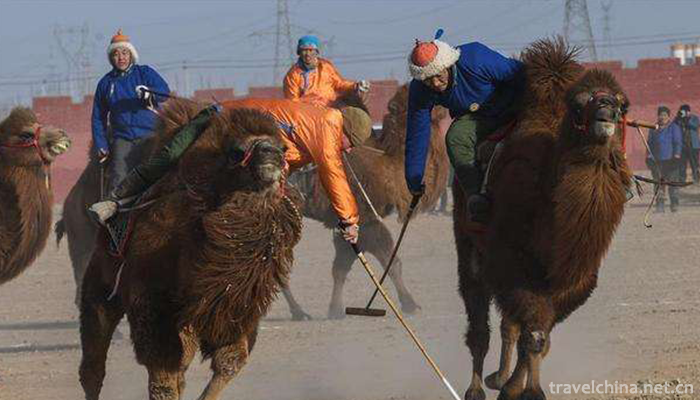
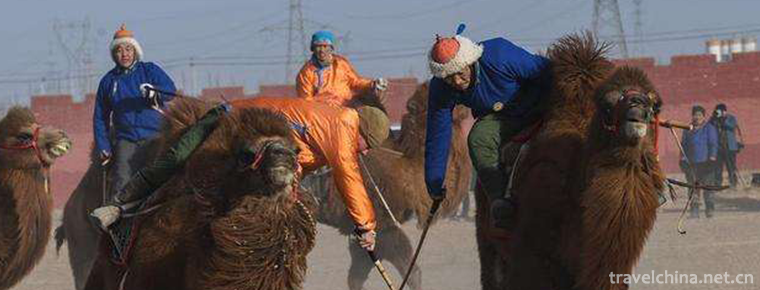
Mongolian camel ball
-
Five spring mountain
Wuquan Mountain is located at the northern foot of Gaolan Mountain, south of Lanzhou City. It is a famous Longshang resort with a history of more than 2,000 years
Views: 172 Time 2018-12-22 -
Shengzhong Lake Scenic Area
Shengzhong Lake Scenic Spot: The largest artificial lake in southwest China, Shengzhong Lake, is located in Shengzhong Lake Scenic Spot of National AAAA Tourist Area in Southern County of Sichuan Prov
Views: 241 Time 2018-12-26 -
Caoxi Hot Spring Holiday Resort
Caoxi Hot Spring Holiday Resort is located in Qujiang Maba, Shaoguan City. It is the largest hot spring villa resort in Guangdong Province. It is located on 106 National Highway under the outlet of Sh
Views: 363 Time 2019-01-04 -
Harbin Polarland
Harbin Polar Museum is the world's first polar entertainment park, one of the four major scenic spots of Harbin International Ice and Snow Festival, the national 4A-level tourist attraction
Views: 195 Time 2019-01-13 -
Leather Paper Making Skills
Leather paper making is an ancient Chinese traditional handicraft. Paper making is one of the four great inventions in ancient China. Bamboo paper and leather paper made from bamboo and tussah bark ar
Views: 105 Time 2019-06-09 -
Woodbugle
Forest chant is a traditional folk song in Northeast China. It is a kind of song sung by woodcutters who are engaged in carrying wood in the forest. As the saying goes, "trumpet". At present
Views: 103 Time 2019-06-12 -
folk song of northern shaanxi
Northern Shaanxi folk song is a traditional folk song in northern Shaanxi, which can be divided into three categories: labor chant, Xintianyou and minor. Labor chants include tamping song, blockbuster
Views: 389 Time 2019-06-13 -
Uygur traditional knife making skills
Xinjiang handicraft knives (Yingjisha knife, Guizi knife, etc.) are generally more than ten or twenty centimeters long. The largest is more than half a meter and the smallest is only about two inches.
Views: 171 Time 2019-06-26 -
Suni embroidery of the Yi nationality
Sani embroidery is a unique technology with a long history. There are many kinds of flower picking techniques, such as picking, embroidering, filling, receiving, buttoning, single-sided picking and do
Views: 282 Time 2019-07-12 -
Anhui University Of Science & Technology(aust)
Anhui University Of Science And Technology is located in Anhui province. Huainan City Yes. Anhui higher education revitalization program Local characteristics High level University Construction, proje
Views: 565 Time 2019-10-10 -
How long does it take for Chengdu to get to the giant panda base
When you come to Chengdu, you must come and see the lovely giant panda. The nearest panda base to the city is the giant panda breeding research base. How long does it take from Chengdu to the giant panda base?
Views: 74 Time 2020-12-13 -
Main scenic spots in Meishan
Jiulongshan Forest Park is located in the southwest of Sichuan Province, in Yangchang Town, Danling County, Meishan City, about 20km away from Danling county. It covers an area of 380 hectares, including 100 hectares of core scenic area. The a
Views: 161 Time 2020-12-18
